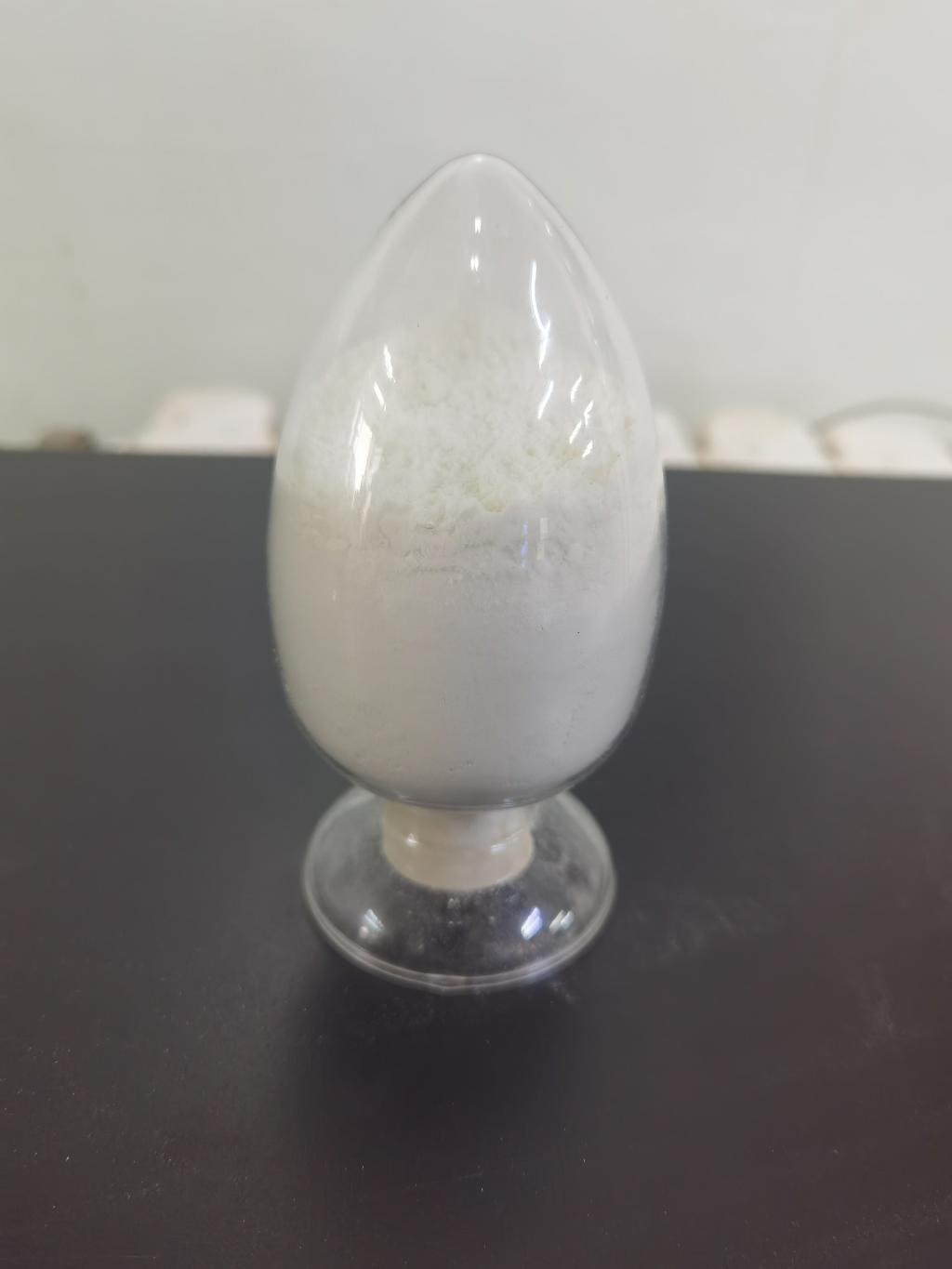Tel:+8618231198596

News
 CONTACT
CONTACT
 CONTACT
CONTACT
- Linkman:Linda Yao
- Tel: +8618231198596
- Email:linda.yao@dcpharma.cn
- Linkman:CHARLES.WANG
- Department:Overseas
- Tel: 0086 0311-85537378 0086 0311-85539701
News
ε-Polylysine Hydrochloride's Potential in Addressing Microbial Contamination in Spices.
TIME:2023-09-26
Challenges of Microbial Contamination in Spices
Natural Microbiota: Spices are often harvested from plants with contact with soil, water, and air, making them susceptible to natural microbial colonization. Bacteria, yeasts, and molds can thrive on the surface of spices, leading to spoilage and quality deterioration.
Post-Harvest Handling: After harvesting, spices may go through various post-harvest processes, including drying, grinding, and packaging. Each of these steps provides opportunities for microbial contamination. Inadequate sanitation practices during these processes can exacerbate contamination risks.
Long-Term Storage: Spices are often stored for extended periods, allowing time for microbial growth. Inadequate storage conditions, such as high humidity and temperature fluctuations, can create favorable environments for microbes to proliferate.
Cross-Contamination: Spice processing facilities handle a wide range of products, increasing the risk of cross-contamination. Equipment, storage containers, and handling personnel can transfer microorganisms from one spice to another, further amplifying the contamination problem.
Health Risks: Microbial contamination in spices can lead to foodborne illnesses, posing a significant health risk to consumers. Pathogenic bacteria like Salmonella and Escherichia coli (E. coli) have been associated with spice-related outbreaks.
ε-Polylysine Hydrochloride: An Overview
ε-Polylysine hydrochloride, commonly known as ε-poly-L-lysine or ε-PL, is a naturally occurring antimicrobial peptide derived from the bacterium Streptomyces albulus. This biopolymer consists of multiple lysine amino acids linked together through peptide bonds, forming a chain with antimicrobial properties.
The key characteristics of ε-polylysine hydrochloride include:
Broad-Spectrum Antimicrobial Activity: ε-Polylysine hydrochloride exhibits antimicrobial activity against a wide range of microorganisms, including bacteria, yeasts, and molds. This broad-spectrum action makes it effective in controlling various contaminants in spices.
Natural and GRAS: ε-Polylysine hydrochloride is considered a safe and natural food preservative. It is generally recognized as safe (GRAS) by regulatory agencies such as the U.S. Food and Drug Administration (FDA) and the European Food Safety Authority (EFSA).
Heat Stability: ε-Polylysine hydrochloride remains stable at high temperatures, making it suitable for heat-treated spices and culinary applications that involve cooking.
Minimal Impact on Sensory Quality: When used at appropriate concentrations, ε-polylysine hydrochloride has minimal impact on the sensory attributes of spices, including taste, aroma, and appearance.
Shelf-Life Extension: ε-Polylysine hydrochloride can extend the shelf life of spices by inhibiting the growth of spoilage and pathogenic microorganisms, thus preserving their quality.
Applications of ε-Polylysine Hydrochloride in Spice Preservation
Surface Disinfection: ε-Polylysine hydrochloride can be applied as a surface disinfectant for spices before drying and packaging. This helps reduce the initial microbial load, providing a clean starting point for further processing and storage.
Preservation During Storage: Spices stored for extended periods can benefit from ε-polylysine hydrochloride treatments to inhibit microbial growth. Properly stored spices can maintain their quality and safety over time.
Cross-Contamination Prevention: Processing facilities can use ε-polylysine hydrochloride to prevent cross-contamination between different spice varieties. Equipment, containers, and processing surfaces can be sanitized with ε-polylysine hydrochloride solutions.
Natural Preservative in Spice Blends: Spice blends, commonly used in the culinary industry, can incorporate ε-polylysine hydrochloride as a natural preservative to extend their shelf life and maintain flavor consistency.
Safety Assurance: ε-Polylysine hydrochloride provides an additional layer of safety assurance, particularly for spices that are susceptible to pathogenic contamination. It helps reduce the risk of foodborne illnesses associated with microbial contaminants.
Challenges and Considerations
While ε-polylysine hydrochloride holds significant promise in addressing microbial contamination in spices, several challenges and considerations must be taken into account:
Regulatory Approval: The use of ε-polylysine hydrochloride in spices may require regulatory approval in some regions. Collaborative efforts between spice producers, regulatory agencies, and researchers are essential to navigate these requirements.
Optimal Dosage: Determining the appropriate concentration of ε-polylysine hydrochloride for different spice types and processing methods is crucial to ensure effective preservation while minimizing sensory impacts.
Industry Adoption: Widespread adoption of ε-polylysine hydrochloride in the spice industry may require education and awareness campaigns to inform stakeholders about its benefits and safety.
Cost-Effectiveness: The cost-effectiveness of ε-polylysine hydrochloride treatments compared to other preservation methods needs to be assessed to encourage its adoption by spice producers.
Conclusion
Microbial contamination is a significant challenge in the spice industry, affecting both the quality and safety of spices and posing health risks to consumers. ε-Polylysine hydrochloride, as a natural and broad-spectrum antimicrobial agent, offers a promising solution to this problem. Its applications in surface disinfection, shelf-life extension, cross-contamination prevention, and safety assurance make it a valuable tool in addressing microbial contamination in spices.
To fully realize the potential of ε-polylysine hydrochloride in the spice industry, ongoing research, regulatory support, and industry collaboration are essential. As consumer demand for safe and high-quality spices continues to grow, the adoption of ε-polylysine hydrochloride can play a crucial role in ensuring the integrity and safety of spice products in the global market.
- Tel:+8618231198596
- Whatsapp:18231198596
- Chat With Skype







